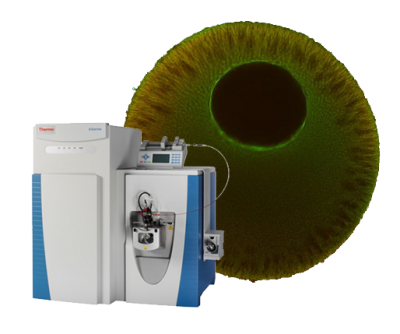Organization of early frog embryos by chemical waves emanating from centrosomes.
Type
The large cells in early vertebrate development face an extreme physical challenge in organizing their cytoplasm. For example, amphibian embryos have to divide cytoplasm that spans hundreds of micrometres every 30 min according to a precise geometry, a remarkable accomplishment given the extreme difference between molecular and cellular scales in this system. How do the biochemical reactions occurring at the molecular scale lead to this emergent behaviour of the cell as a whole? Based on recent findings, we propose that the centrosome plays a crucial role by initiating two autocatalytic reactions that travel across the large cytoplasm as chemical waves. Waves of mitotic entry and exit propagate out from centrosomes using the Cdk1 oscillator to coordinate the timing of cell division. Waves of microtubule-stimulated microtubule nucleation propagate out to assemble large asters that position spindles for the following mitosis and establish cleavage plane geometry. By initiating these chemical waves, the centrosome rapidly organizes the large cytoplasm during the short embryonic cell cycle, which would be impossible using more conventional mechanisms such as diffusion or nucleation by structural templating. Large embryo cells provide valuable insights to how cells control chemical waves, which may be a general principle for cytoplasmic organization.

